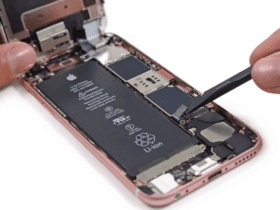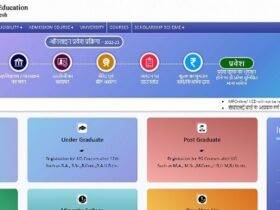Utilize the full potential of your brainstorming sessions by leveraging this problem-solving approach. Design thinking aims to devise more productive responses, so you eventually create novel solutions that effectively answer your target market’s ever-changing needs.
Here are the steps you need to follow to start your creative journey.
Step 1: Learn to Empathize.
Gather information about your target audience. Use analytics to learn more about your users and what they care about. You may also use reviews, customer interviews, and panels to learn more about your target audience.
For instance, if you are looking to introduce a new candy bar aimed at millennials, ask around and learn their favorite flavors, what they think of the already existing products on the market, and what puts them off.
Also, try to find out what they care about and what kind of stories move them. You might be surprised at how wrong your assumptions are.
Step 2: Define.
At this point, you should have a good notion of who your target audience is. Then, based on the info you have gathered, define their needs. This will help you identify the problem you need to address.
If you run your business online, you may be curious as to why your customers fill their shopping carts but never purchase. Do they experience pain points that you didn’t know about when navigating the site? To find a solution, you have to define the problem.
Step 3: Ideate.
You’ve got the user. Now the ball is in your court, and it’s now time to let your imagination run wild and envision it better. Do not be afraid of dreaming. You can brainstorm freely to generate a range of innovative solutions. Imagination is where innovation begins. In order to recenter and analyze the relevancy of your possible answers, use divergent thinking.
Suppose that you are introducing a new financial planning software. Do your users require an itemized summary of their expenditures? Do they desire rebates on the products and services they use most frequently? Do they desire to split costs with friends? Create fresh concepts with your group by using a “yeah, what next?” attitude.
Step 4: Build a Prototype.
You can make it happen by creating a visual depiction of the solution you’ve come up with and showcasing it. It can be a mockup, prototype, or storyboard that will help you confront the reality of your concept.
Keep it straightforward; you don’t need to present a nearly finished project to receive feedback. To know what works and what doesn’t, be willing to fail and swiftly iterate after making mistakes.
For example: Are you building new, more practical custom jerky packaging for your prospective customers? Before getting started, provide a basic mockup and gather feedback. Are the people well-versed with each functional aspect? Are they able to locate all the essential features that help them access and consume the jerky more conveniently? Do they have trouble finding information? Their feedback on your draft will make it easier for you to iterate rapidly and address any issues as they arise.
Step 5: Test.
You have built your prototype, and you are happy with the results. What about your intended audience, though? The human element characterize the design thinking process.
Give the end user a copy of your prototyped solution so they may evaluate its applicability to their original issue. Do they understand how it works? Do they feel that it is helpful to them? Listen to their opinions and then improve your product using what you learn.
Say you’re a florist business looking to expand your offerings. Make a choice available to a small group of clients and see how much they are willing to buy. Request feedback from them: Does it seem meaningful to them? What do they think of the packaging? Should there be more choices available?
Run further client interviews without hesitation to better define the problem and determine how to incorporate these insights into your product.






























Leave a Reply